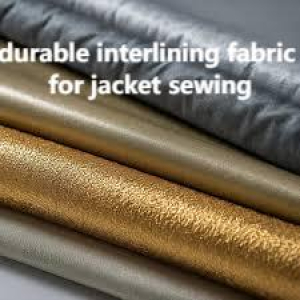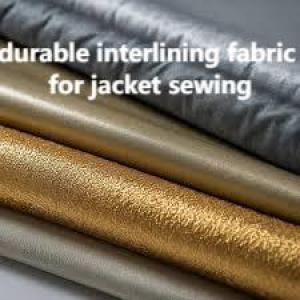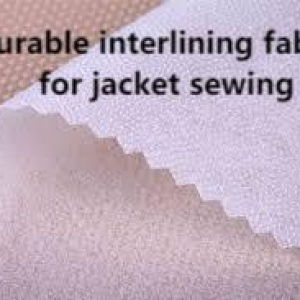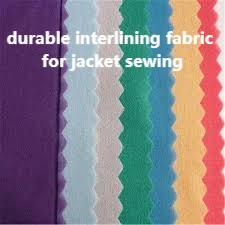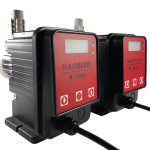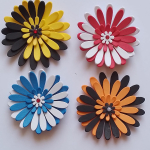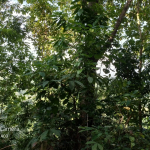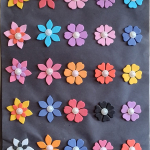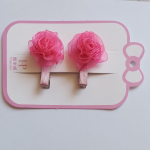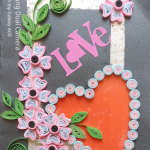In contemporary clothing production, integrating Interlining into garments significantly enhances both functionality and aesthetic appeal. High-quality Interlining provides structural support, improves fabric stability, and ensures that clothing maintains its intended shape, contributing to long-lasting comfort and wearability. This essential component empowers designers to create versatile and sophisticated pieces while meeting consumer expectations for quality and durability.
Material Selection and Composition
Choosing the appropriate material is crucial for garment performance. Natural fibers, such as cotton or wool blends, offer softness and breathability, ideal for casual or formal wear. Synthetic fibers like polyester and nylon enhance durability, resistance to shrinkage, and overall longevity. Balancing these properties ensures that the finished garment performs well in everyday use while maintaining visual appeal.
Structural Support and Design Enhancement
Adding structural layers to collars, cuffs, waistbands, and lapels helps garments retain their intended silhouette. This reinforcement allows designers to experiment with innovative shapes, ensuring that garments look polished and professional. Properly supported fabrics also reduce the risk of sagging or distortion, keeping clothing looking new over time.
Techniques for Effective Integration
Multiple techniques can be employed to integrate these materials into garments. Fusible options use heat-activated adhesives for a seamless bond that is efficient in mass production. Sew-in methods offer flexibility for delicate or high-end clothing where precision is critical. Non-woven options provide lightweight support without affecting drape or texture, making them ideal for patterned or specialty fabrics.
Modern Trends in Fabric Reinforcement
Innovation in garment reinforcement emphasizes lightweight, breathable solutions that maintain structure without bulk. Environmentally conscious practices encourage the use of recycled fibers and biodegradable adhesives. Additionally, new laminating and bonding technologies allow designers to incorporate supportive layers in visually appealing ways, complementing the overall garment design.
Quality Assurance and Testing
High-performing garments undergo rigorous testing to ensure that the structural layers perform consistently. This includes repeated washing, stress testing, and performance assessments. Attention to quality control ensures that clothing maintains its shape, looks polished, and continues to meet consumer expectations throughout its lifecycle.
Sustainability Considerations
Eco-friendly approaches are increasingly important in the fashion industry. Selecting materials and techniques that reduce waste and energy consumption supports responsible manufacturing practices. Sustainable methods align with global initiatives to minimize environmental impact while maintaining garment quality and performance.
Conclusion and Practical Insights
Incorporating high-quality supportive layers into clothing is essential for achieving durability, comfort, and sophisticated aesthetics. Designers can leverage advanced materials, innovative techniques, and sustainable practices to produce garments that perform exceptionally and appeal to modern consumers. Learn more about applications, types, and benefits at https://www.interlining-factory.com/news/what-is-interlining-types-applications-and-more.html

